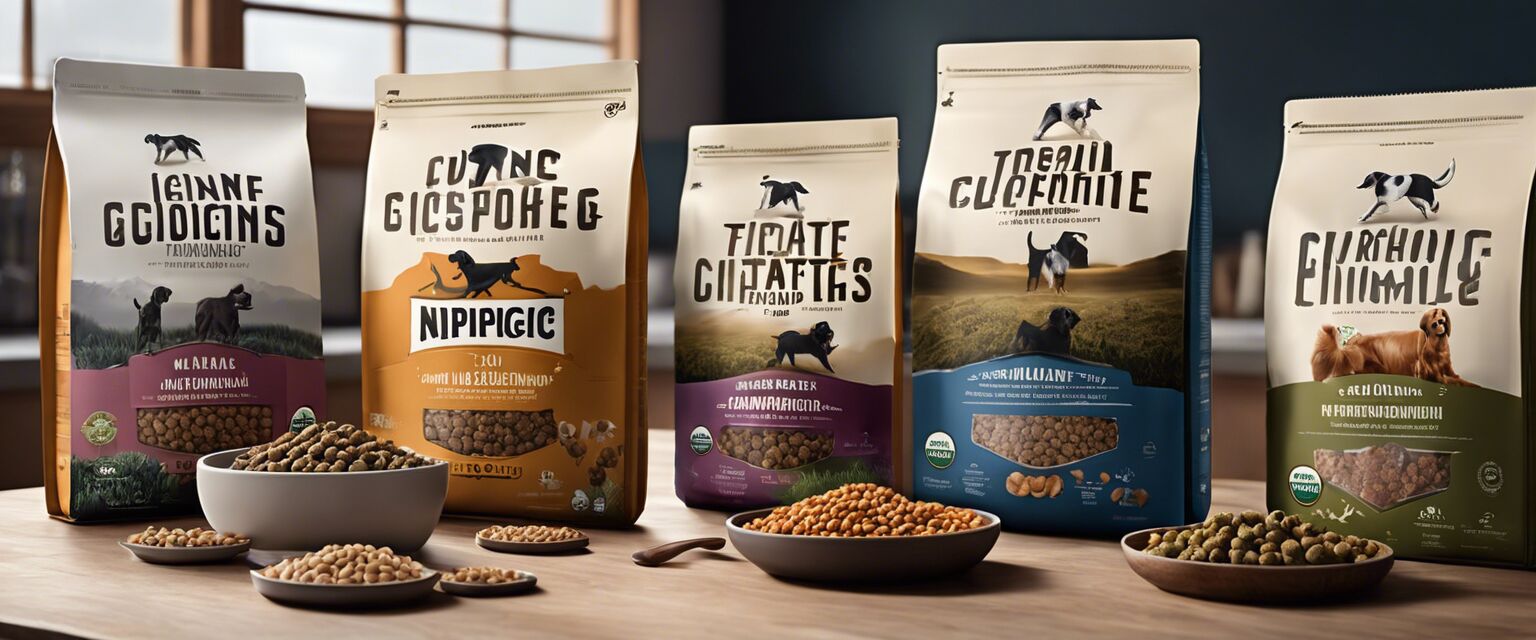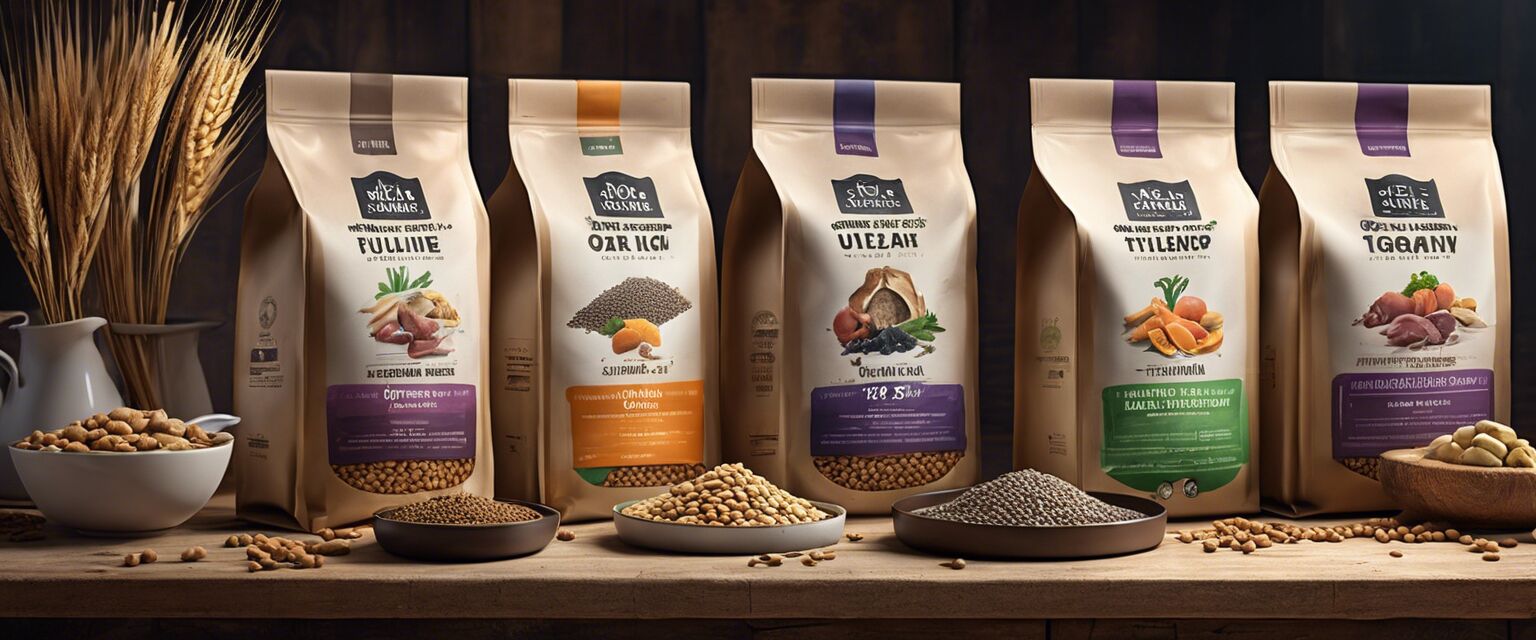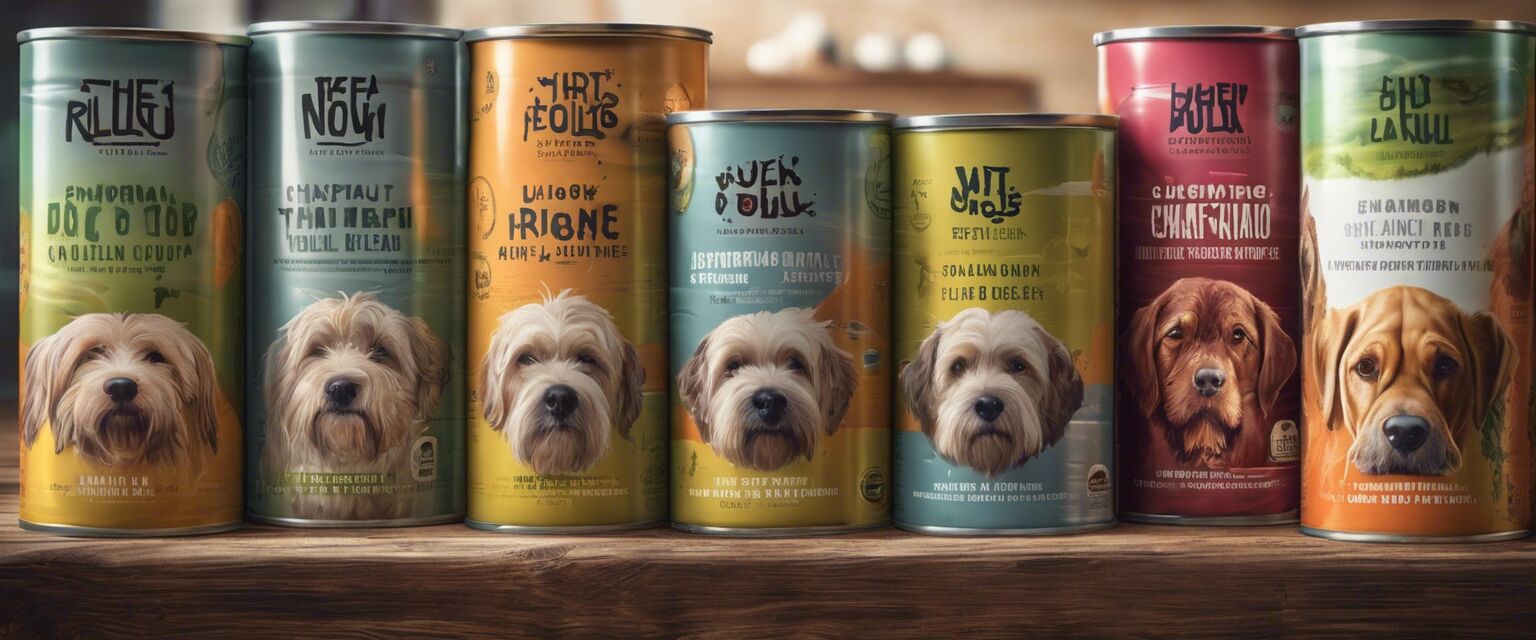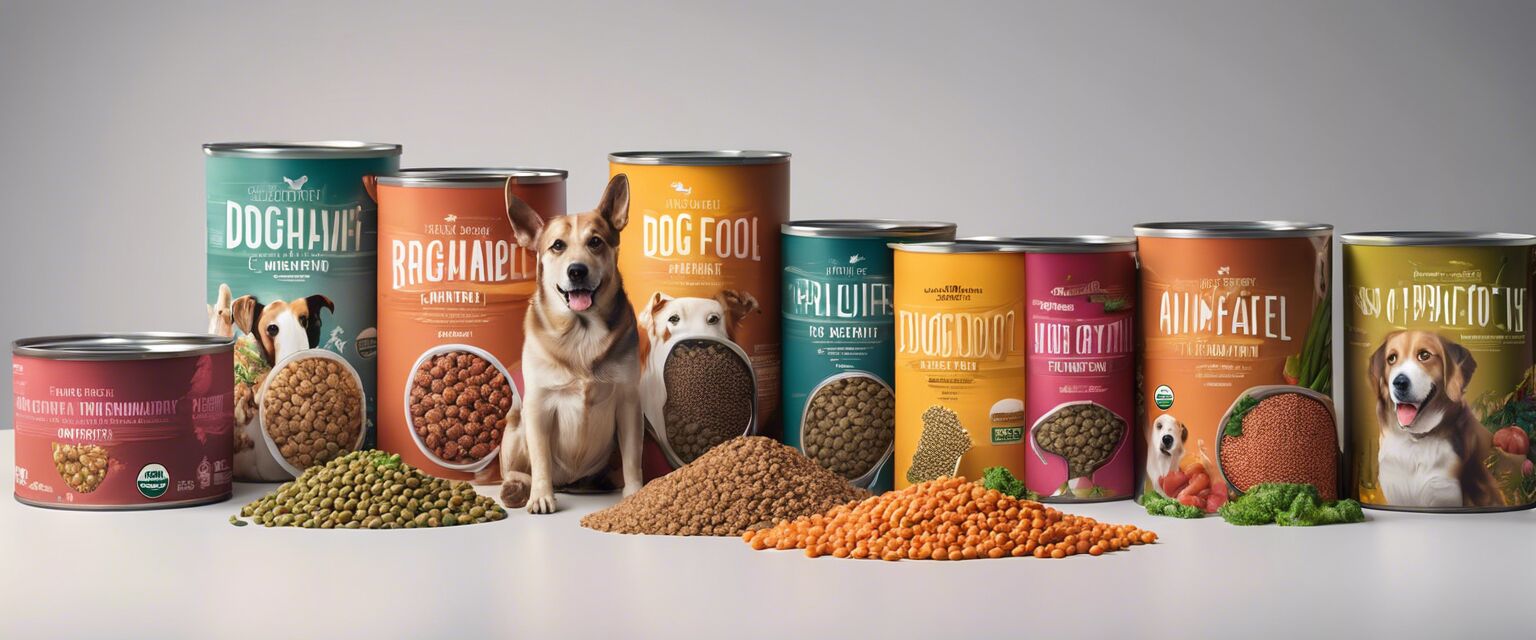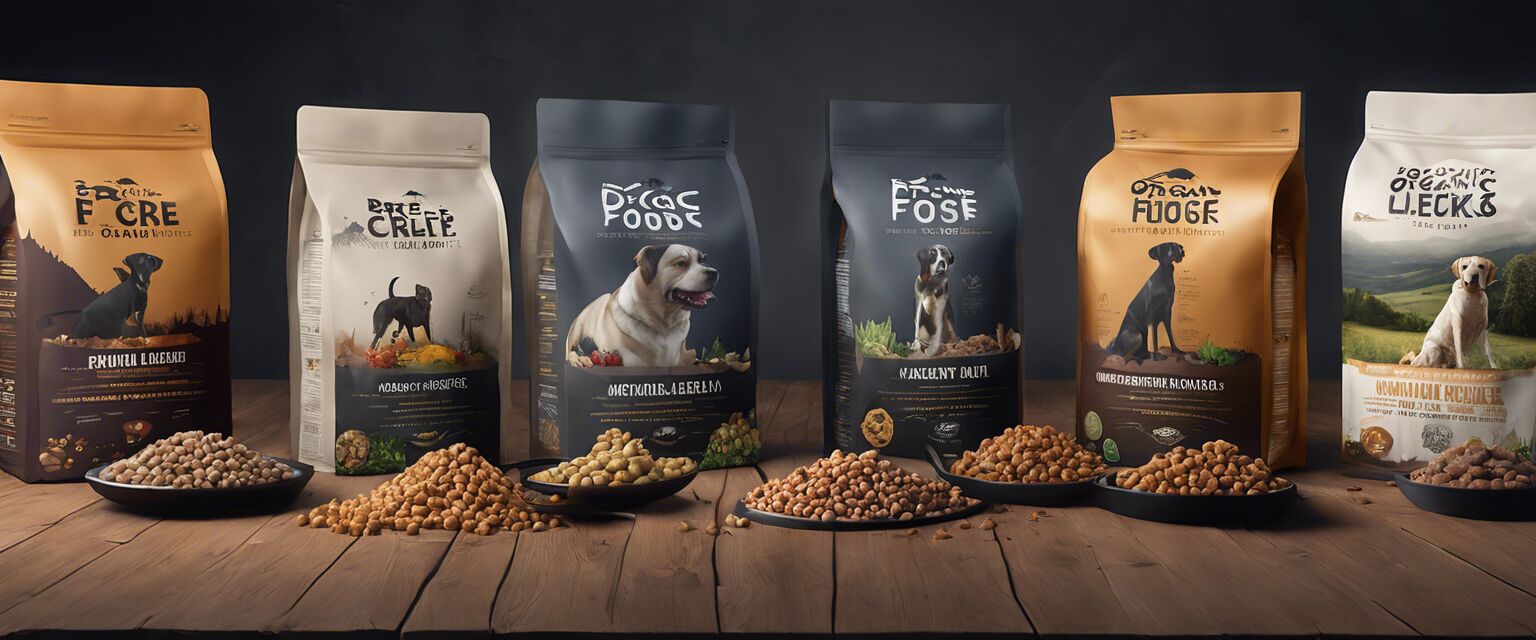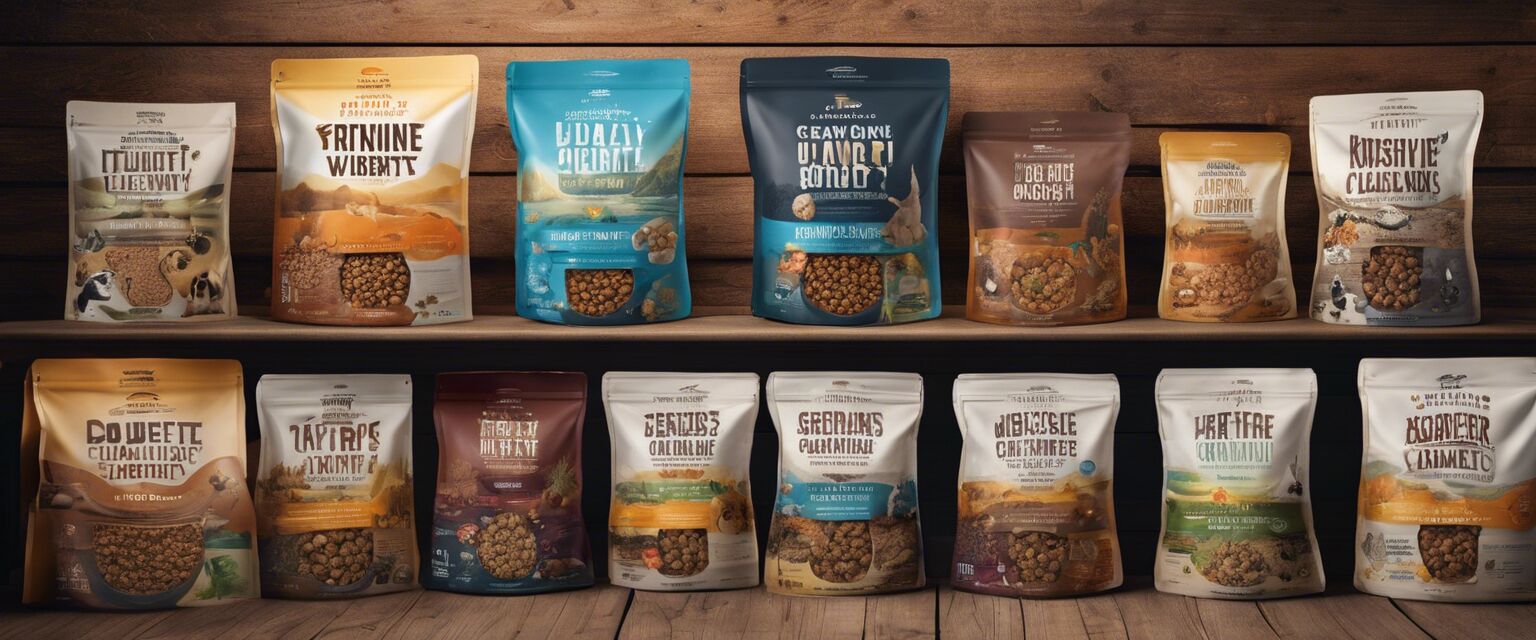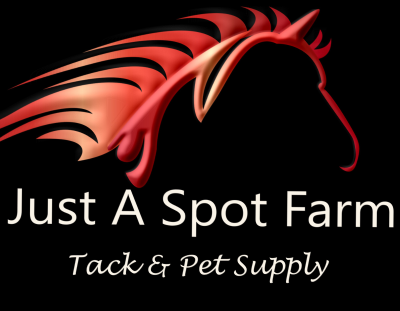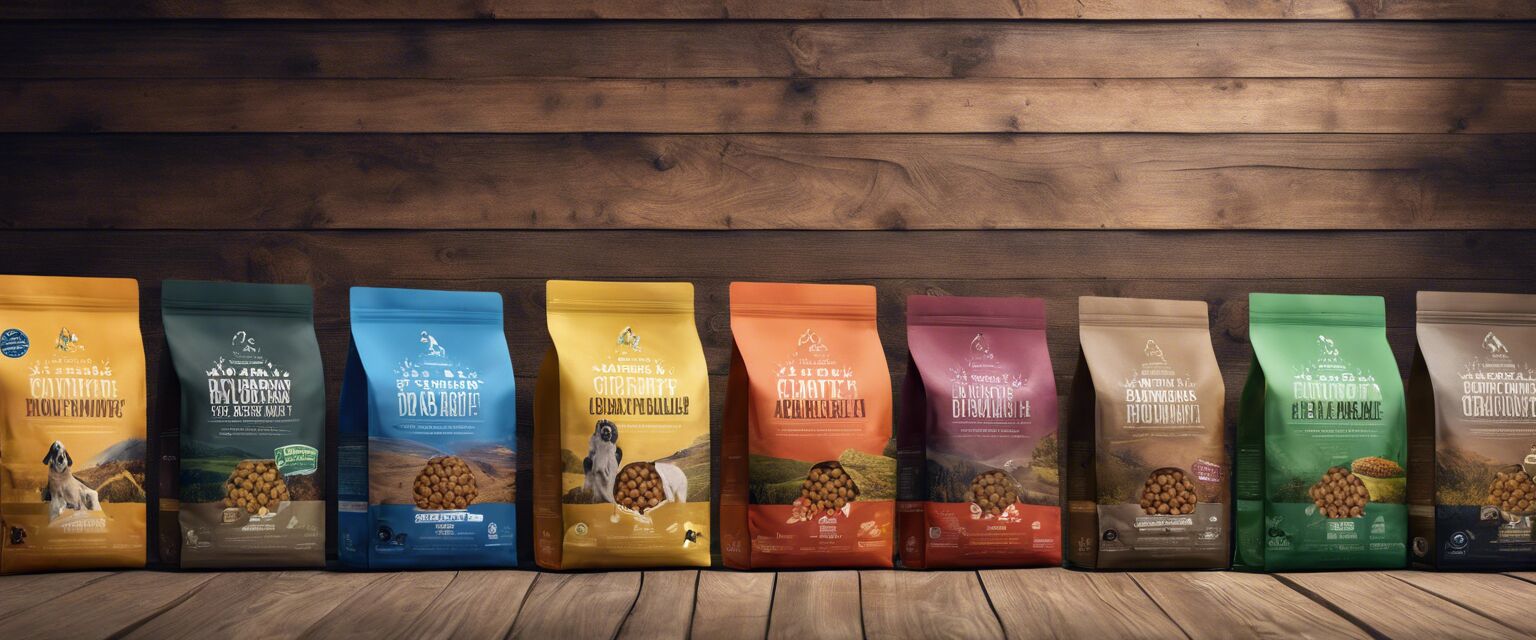
Organic Dog Food Buying Guide
Key Takeaways
- Choosing organic dog food can benefit your pet's health.
- Look for ingredients that are free of fillers and artificial additives.
- Consider your dog's specific dietary needs before making a purchase.
- Research brands by reading reviews and nutritional information.
- Pet food labels can be confusing; learn how to decode them.
Buying organic dog food is an important decision that can greatly influence the health and happiness of your canine companion. With the growing popularity of natural ingredients, pet owners are more conscious than ever about what goes into their dogâs food. This guide will provide you with everything you need to know about selecting the best organic dog food, including tips on nutritional content, understanding pet food labels, and identifying reputable brands.
Understanding Organic Dog Food
Organic dog food is made from ingredients that are grown without the use of synthetic fertilizers, pesticides, or genetically modified organisms (GMOs). By choosing organic, you ensure that your dog is consuming high-quality nutrients that can contribute to better overall health.
Benefits of Organic Dog Food
- Free from harmful chemicals
- Better nutritional value
- Supports sustainable farming practices
- Reduces the risk of food allergies
Decoding Dog Food Labels
Understanding the ingredients and nutritional value in dog food can be overwhelming. Here are some components to examine:
| Term | Meaning |
|---|---|
| Organic | Ingredients produced without synthetic fertilizers or pesticides. |
| Holistic | A balanced approach incorporating a variety of healthy ingredients. |
| Grain-free | No corn, wheat, or soy, which may be better for food allergies. |
| Limited ingredient | Fewer ingredients to reduce dietary sensitivities. |
Choosing the Right Organic Dog Food
While selecting dog food, consider your dogâs age, size, and health conditions. Puppies, adult dogs, and senior dogs have different nutritional requirements. Hereâs how to navigate the options:
- Puppy Food: Needs higher protein and fat for growth.
- Senior Dog Food: Often lower in calories and higher in fiber.
- Weight Management Dog Food: Helps maintain a healthy weight.
Popular Types of Organic Dog Food
There are several categories of organic dog food available. You might find the following types particularly useful:
- Grain-Free Dog Food
- Hypoallergenic Dog Food
- Limited Ingredient Dog Food
- Puppy Food
- Senior Dog Food
- Weight Management Dog Food
Top Ingredients to Look For
When it comes to organic dog food, high-quality ingredients matter. Hereâs a list of what to look for:
- Real meat (chicken, beef, fish)
- Whole grains (if suitable for your dog)
- Fruits and vegetables (like blueberries and carrots)
- Healthy fats (like omega-3 fatty acids)
How to Read Ingredient Lists
The ingredient list is typically organized in descending order by weight. Ingredients listed at the top are the most prevalent in the formula.
Popular Organic Dog Food Brands
Below is a comparison table of some popular organic dog food brands to help you make a decision. Remember to check ratings and reviews for each product!
| Brand | Product Type | Average Price per Bag |
|---|---|---|
| Brand A | Grain-Free | $60 |
| Brand B | Limited Ingredient | $50 |
| Brand C | Hypoallergenic | $65 |
| Brand D | Puppy Food | $55 |
Common Questions About Organic Dog Food
Is organic dog food worth the price?
While organic dog food may be more expensive, many pet owners find that the quality of ingredients and health benefits justify the cost.
Can organic dog food help with allergies?
Often, organic dog foods with limited ingredients can help address food allergies by avoiding artificial additives.
How do I transition my dog to organic food?
Transition gradually by mixing the new organic food with your dog's current food over 7-10 days to avoid digestive issues.
Conclusion
Choosing the right organic dog food is crucial for your petâs health. By understanding ingredients, labels, and dietary needs, you can select the perfect food for your four-legged friend. Always read reviews and conduct thorough research to ensure you are making an informed choice.
Pros
- Quality ingredients
- Less harsh chemicals
- Better digestion and energy
Cons
- Higher cost
- Availability can be limited
- Some dogs may not prefer the taste
Tips for Beginners
- Start with small bags to test your dog's reaction.
- Consult with a veterinarian for personalized recommendations.
- Monitor your dogâs energy and coat condition after switching to organic food.
Final Thoughts
Feeding your dog organic food could positively impact their life. Invest time into research and consider your dog's unique needs. This way, you'll be able to provide the best nutrition possible for your loyal companion.



